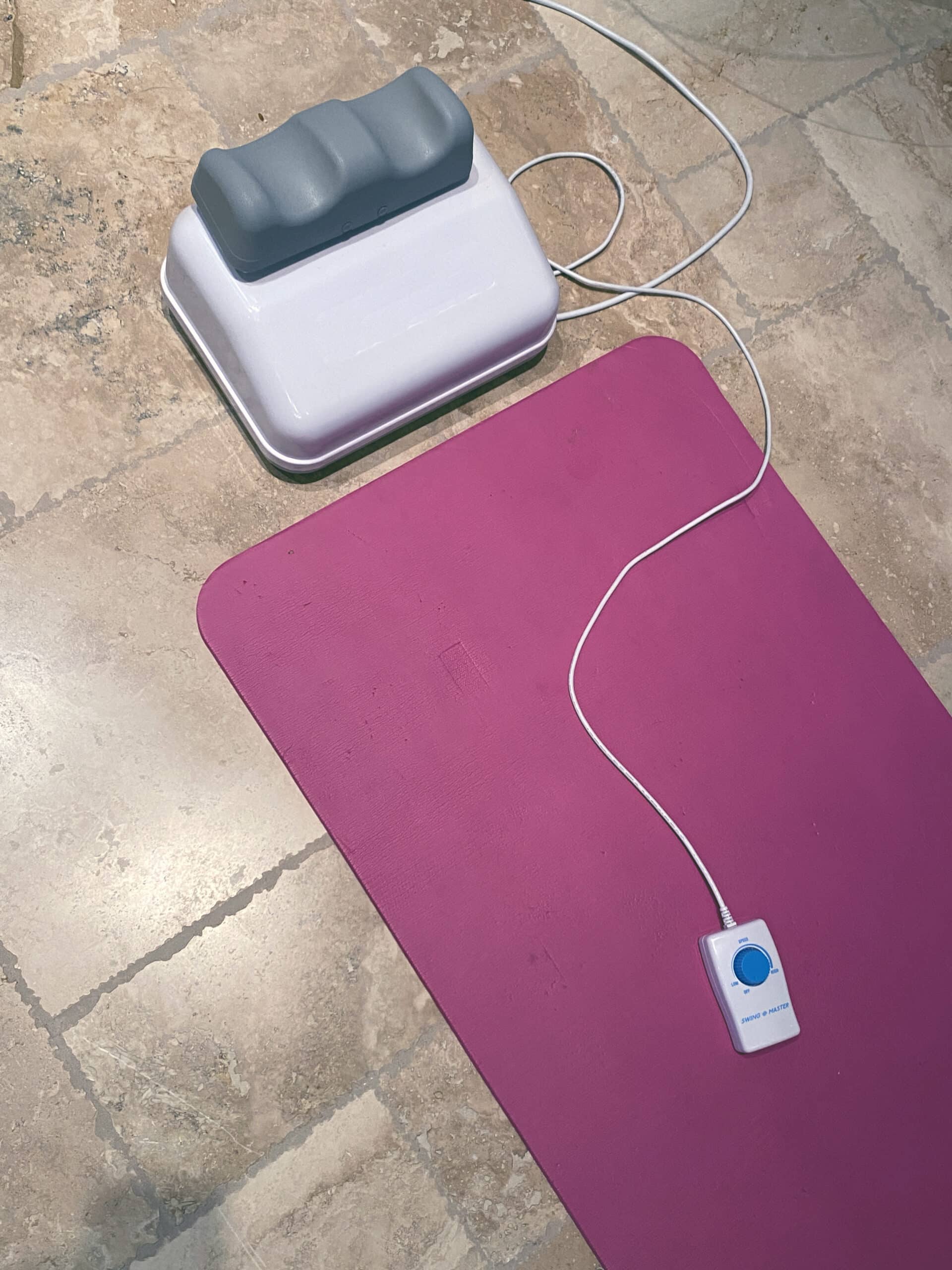Living with Chronic Inflammatory Response Syndrome (CIRS) can be a daily challenge, and one of the most critical factors in managing your condition is your environment. Since CIRS is often triggered or exacerbated by environmental toxins like mold, poor air quality, or other allergens, finding safe and clean housing is essential to your healing journey. If you have CIRS, the home you live in needs to be more than just a place to sleep; it must be a place where you can minimize exposure to harmful triggers and support your recovery.
Here’s a guide to help you navigate the process of finding safe and clean housing that will protect your health and improve your quality of life.

Understand What to Look for in a Safe Home
Before you begin your search for a new home, it’s important to know the key features that can make a space safe for someone with CIRS. Here are some things to consider:
Natural Light: Sunlight can help reduce moisture in your home and is also beneficial for your mental and physical health. Homes that receive plenty of natural light tend to be healthier spaces.
Mold-Free Environment: Mold is one of the most common triggers for CIRS. The presence of mold or water damage is a major concern, so you’ll want to ensure that the home you’re considering has no history of mold issues or water damage. Make sure that basements, attics, and any areas with plumbing are dry and well-ventilated.
Good Ventilation: A well-ventilated home helps reduce the buildup of toxins and allergens. Proper airflow is essential to prevent the stagnation of harmful substances, and it can help improve indoor air quality.
Low Chemical Exposure: Many cleaning products, paints, carpets, and even furniture can off-gas harmful chemicals. Choose homes that have been treated with natural or non-toxic materials whenever possible. Avoid homes with newly renovated spaces or new carpeting, as they often contain VOCs (volatile organic compounds) that can trigger symptoms.
Know the Red Flags: What to Avoid When Finding Safe and Clean Housing
Just as important as knowing what to look for is knowing what to avoid. There are several warning signs that a home may not be safe for someone with CIRS:
Poor Drainage and Humidity: If a house has poor drainage around the foundation or high humidity levels, it can create a breeding ground for mold. Be sure to check for mold on exterior walls or the foundation if the property has been exposed to moisture.
Water Damage or Leaks: If there’s visible water damage in any part of the house—whether on the ceiling, walls, floors, or around windows—this is a red flag. Even if the damage seems minor, water intrusion can lead to hidden mold problems that may not be immediately apparent.
Musty or Damp Smells: A musty or moldy odor is a sign of mold growth, which can trigger CIRS symptoms. If you smell this in a home, even if you can’t see any visible mold, it’s a warning sign that mold may be present.
Recent Renovations: Newly renovated homes or apartments might still have high levels of off-gassing from paints, adhesives, and other construction materials. These substances can be harmful, especially when you have a condition like CIRS.
Old HVAC Systems: HVAC systems that are not regularly maintained can harbor mold and dust, which can spread harmful particles throughout your home. If possible, inquire about the maintenance history of the home’s HVAC system.
Consider Renting vs. Buying
If you’re unsure about whether a potential home is safe or you’re not in a position to make long-term commitments, renting may be a better option initially. Renting allows you to move more easily if you discover that the space isn’t suitable for your health needs. You may also be able to find a rental where the landlord is willing to make adjustments to the space (like cleaning air ducts or installing a dehumidifier) to accommodate your needs.
Buying a home, on the other hand, may require more time and effort to ensure that it meets all your needs. If you decide to buy, it’s crucial to have a professional inspection that includes a mold check and assessments for air quality, water damage, and other potential hazards.
Use Technology to Your Advantage
There are several tools and resources you can use to help assess potential housing:
Online Reviews & Local Community Feedback: Research the area you’re considering living in. Check for local reports of water damage, mold, or air quality issues in the building or neighborhood. You can also reach out to online forums or local support groups for people with CIRS to get feedback about certain buildings or locations.
Mold Testing Kits: If you’re unsure whether a home has mold, you can purchase DIY mold testing kits. These can give you a quick overview of the presence of mold or moisture in the home.
Air Quality Monitors: Consider investing in an air quality monitor that can check for pollutants, toxins, and mold spores in the air. Some models can even detect VOCs and other chemicals that could aggravate CIRS symptoms.
Consider a Mold Remediation Specialist
If you find a potential home that you like but are concerned about mold, it may be worth hiring a mold remediation specialist to conduct a thorough inspection and assess the condition of the property. A professional will be able to identify hidden mold, moisture problems, or other environmental concerns that may be harmful to your health.
If mold is discovered, some remediation companies will guarantee their work, which can provide peace of mind. However, keep in mind that even after remediation, some individuals with CIRS may still be sensitive to environments with past mold issues, depending on the severity of the exposure.
Look Into Non-Toxic Alternatives
When selecting housing, also consider the materials used in the building or renovation. Try to find homes that feature non-toxic or hypoallergenic materials, such as:
Natural Materials: Look for homes with natural, non-toxic materials such as natural stone countertops, bamboo flooring, and eco-friendly insulation.
Low-VOC Paints and Finishes: Avoid homes that have been freshly painted with toxic, chemical-laden paints or varnishes.
Hardwood Floors: If possible, opt for homes with hardwood or tile floors, as carpets can trap mold spores, dust, and chemicals.
Talk to Your Healthcare Provider
Your healthcare provider can be an excellent resource for recommendations on finding safe housing. If you have an environmental medicine specialist or a doctor familiar with CIRS, ask for their advice or guidance on specific areas or buildings that may be safer for you. They may even be able to provide documentation to help landlords or property managers understand your needs.
Prepare for a Slow and Thoughtful Process
Finding the right place to live when you have CIRS can be a slow and deliberate process. It’s important to prioritize your health and wellbeing, so don’t rush into a decision. Take the time to thoroughly inspect potential homes, test for mold, and ensure that the environment is conducive to healing. It may require some effort and compromise, but in the end, securing a safe and clean living space is one of the most important steps you can take in managing CIRS.
Conclusion
Finding safe and clean housing when you have CIRS is crucial for managing your health. By being proactive, educating yourself about the potential triggers, and using the right resources, you can significantly reduce your exposure to harmful toxins and create a space that supports your recovery. Remember that this process may take time, but with patience and persistence, you can find a home that helps you thrive.






